Re-sign Or Replace?
Free Agency Analytics Series: Sanders Emerged, But Not Irreplaceable
Eagles running back Miles Sanders has shown consistent improvement throughout his NFL career, outside of the touchdown drought of 2021. This past season was his breakout, with more than 1,200 rushing yards and his first double-digit touchdown season.
Conversely, his usage as a receiver has declined since his rookie season. Sanders has been consistently phased out of the passing game, gaining fewer receiving yards in each season of his career.
How will the pending free agent perform on the open market?
Here’s an in-depth, analytics-based profile of Sanders headed into free agency:
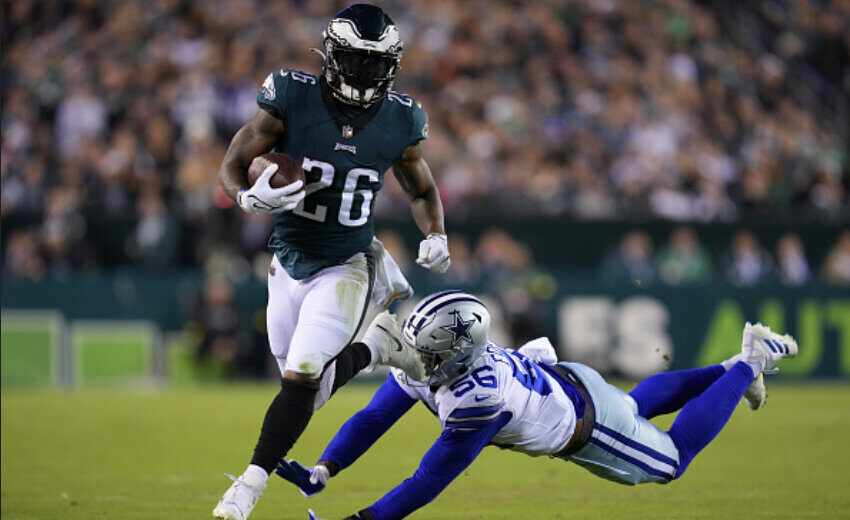
GETTY IMAGES: Eagles RB Miles Sanders had his best season in 2022 but isn’t irreplaceable.
STRENGTHS/WEAKNESSES
Strengths: Knows system, plays well within scheme … Consistently improved as a runner … Only 26 years old … Solid production.
Weaknesses: Struggles in receiving … Bounces outside when he doesn’t have the speed to win … Pass protection is below average … Benefits from elite offensive line … About to enter historical downslope for RBs.
CAREER SUMMARY
In 2022, Sanders recorded the most attempts of his career, which resulted in career highs in yards per game. He had his first 1,000-yard season and posted a career high in touchdowns (11). As a result, Sanders made first Pro Bowl.
It’s important to note Sanders was the beneficiary of an elite offensive line. He averaged 3.23 yards per attempt before contact, fourth-most in the league. While some of this yardage can be attributed to Sanders’ vision and elusiveness, most resulted from a Stout(land) offensive line. Sanders generated 1.67 yards after contact per attempt, 29th in the league. Those stats reveal that Sanders is somewhat replaceable as long as the Eagles put a similarly strong offensive line on the field.
SANDERS VS. NFL RBs
Compared to all NFL running backs, Sanders clearly was one of the top rushers in 2022. He logged the eighth-most attempts, producing the fifth-most yards and seventh-most touchdowns. However, when looking at Sanders’ yard total, it’s critical at the difference between yards before contact (fourth) and yards after contact per attempt (29th), which suggests that most of the Penn State product’s yardage was created by his offensive line.
This isn’t meant to discredit Sanders’ ability as a rusher, because yards created before contact can also be traced due to elusiveness. But the difference should also show that replacing Sanders shouldn’t be especially difficult.
Similarly, the receiving ability of Sanders is questionable as he ranked poorly among all receiving statistics. Some of this might be due to lack of catch opportunities. But this is an important facet of the running back position and hampers Sanders’ value.
SANDERS VS. FREE AGENT RBs
Sanders has positioned himself in the top of a market that includes nearly 50 running backs. He’s top-five in attempts, rushing yards, rushing touchdowns, yards per game, fumbles and broken tackles. He is also fifth in yards before contact per attempt, which again, is interesting that he falls to 9th after contact. He also falls around the middle in each receiving category. Sanders does factor to be one of the hotter commodities on the market, but is clearly behind both Saquon Barkley and Josh Jacobs.
MARKET COMPS
Joe Mixon (signed 2019): 4 years, $48 million; $12 million average annual value (AAV); 25 when signed
Aaron Jones (2020): 4 years; $48 million; $12 million AAV, 27 when signed
James Conner (2021): 3 years; $21 million; $7 million AAV, 27 when signed
Leonard Fournette (2021): 3 years; $21 million; $7 million AAV, 27 when signed
Here’s a look at Sanders’ 2022 season compared to some of the NFL’s highest-paid running backs’ season before an extension:
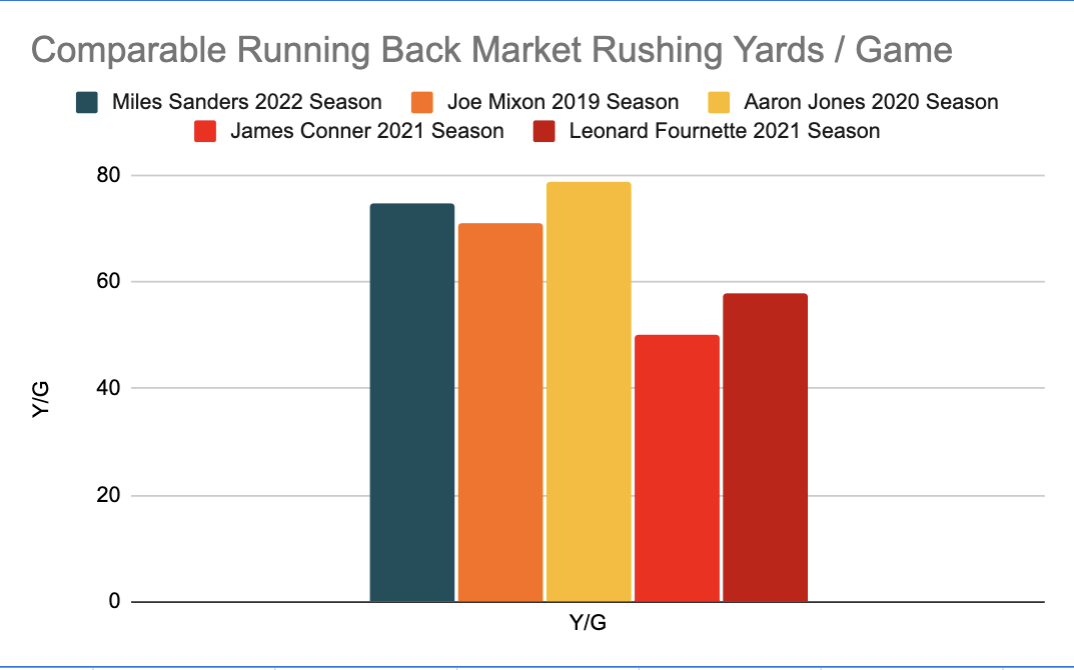
Here’s a look at Sanders’ 2022 compilation of broken tackles compared to some of the NFL’s highest-paid running backs’ compilation of broken tackles before an extension:
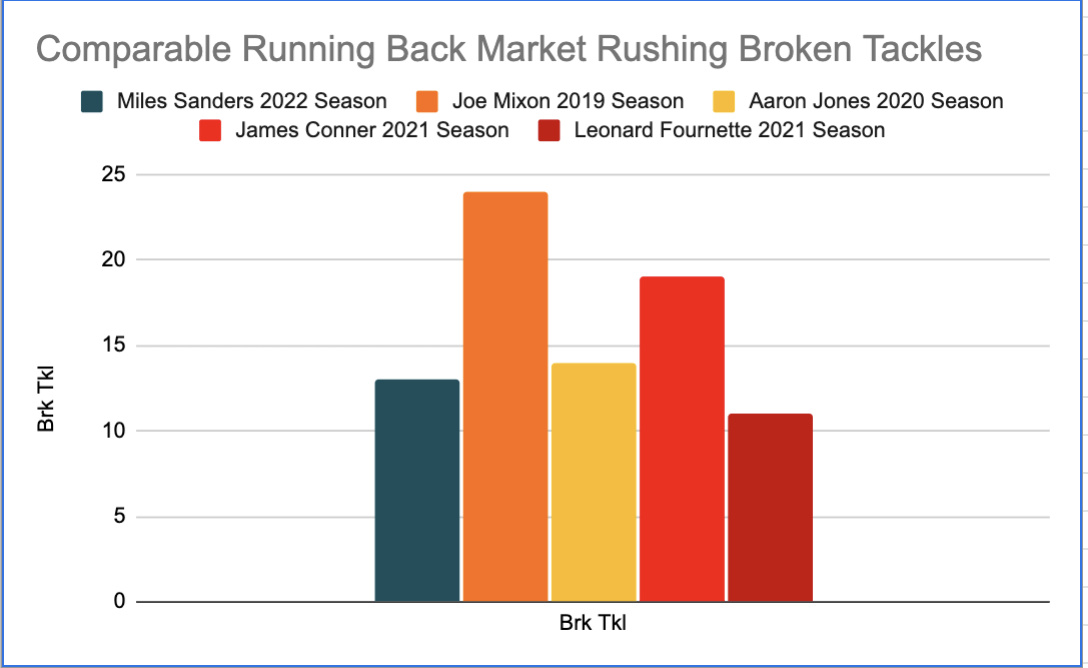
OTHER RELEVANT INFO
The running back market has a wide salary distribution. Prior to the franchise tag deadline, there were no running backs after their rookie contract being paid between $7 million and $12 million AAV.* Miles Sanders’ market will likely be within that range.
*The Aaron Jones restructuring lowered his AAV from $12 million to $11.5 million. Saquon Barkley, Tony Pollard, and Josh Jacobs were all Franchise Tagged at $10.091 million.
VERDICT
The Eagles shouldn’t extend Sanders and should let him walk in free agency unless he’s willing to make under $7 million AAV.
ALTERNATIVES
If the Eagles don’t retain Miles Sanders, they should look to the NFL Draft, which is perceived to be loaded at running back. They could take a running back at almost any point in the draft and be comfortable with replacing Sanders.
The draft’s best running back is Texas’ Bijan Robinson, who checks every box for an elite running back. Robinson has ideal size (5-11, 215), contact balance, receiving upside, and explosiveness. He’d be an immediate upgrade over Sanders.
If the Eagles pass on Robinson, they might be able to secure another top running back. UCLA’s Zach Charbonnet should be available on Day 2 and demonstrates excellent contact balance, receiving upside, and size (6-0, 214).
Another noteworthy running back for the deeper rounds is Pitt’s Israel Abanikanda, who’s one inch shorter and five pounds heavier than Sanders and has great long speed and incredible acceleration, along with receiving upside and good contact balance.
Running backs who could also be possible replacements for Sanders include Jahmyr Gibbs, Sean Tucker, Zach Evans, Devon Achane, Roschon Johnson, Kendre Miller, and Tyjae Spears.
There are several free agent running backs that the Eagles could consider, but getting a running back on a rookie contract should be the priority considering their cap situation. The free agent running back class includes Kareem Hunt, Rashaad Penny, Damien Harris, and Alexander Mattison.
– Sam Finkel is a staff writer for InsideTheBirds.com who focuses on analytics.
Listen to the latest Inside The Birds podcast with Adam Caplan and Geoff Mosher:
Or watch on YouTube:
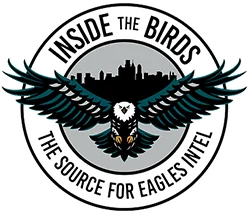
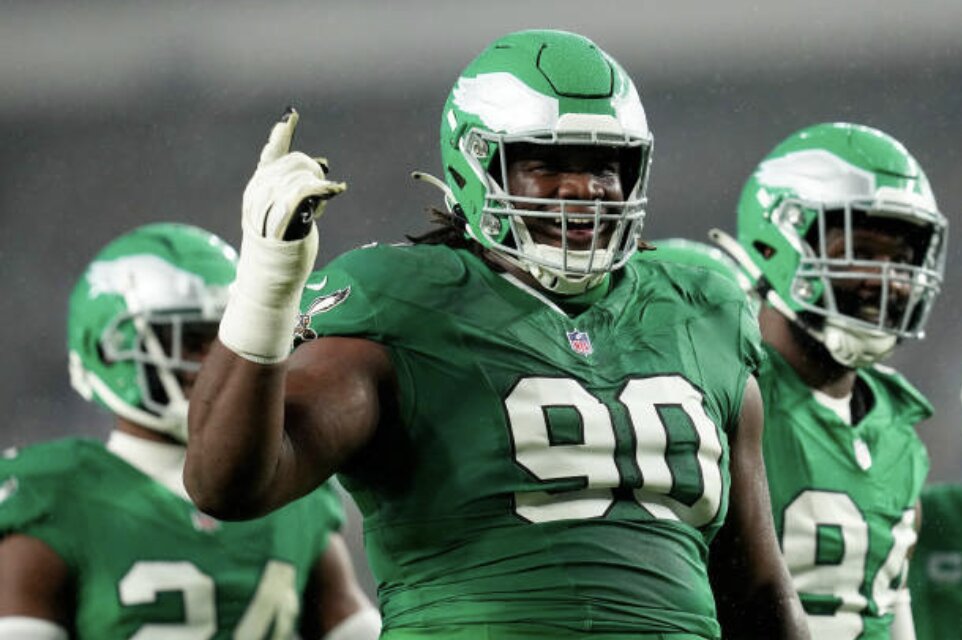




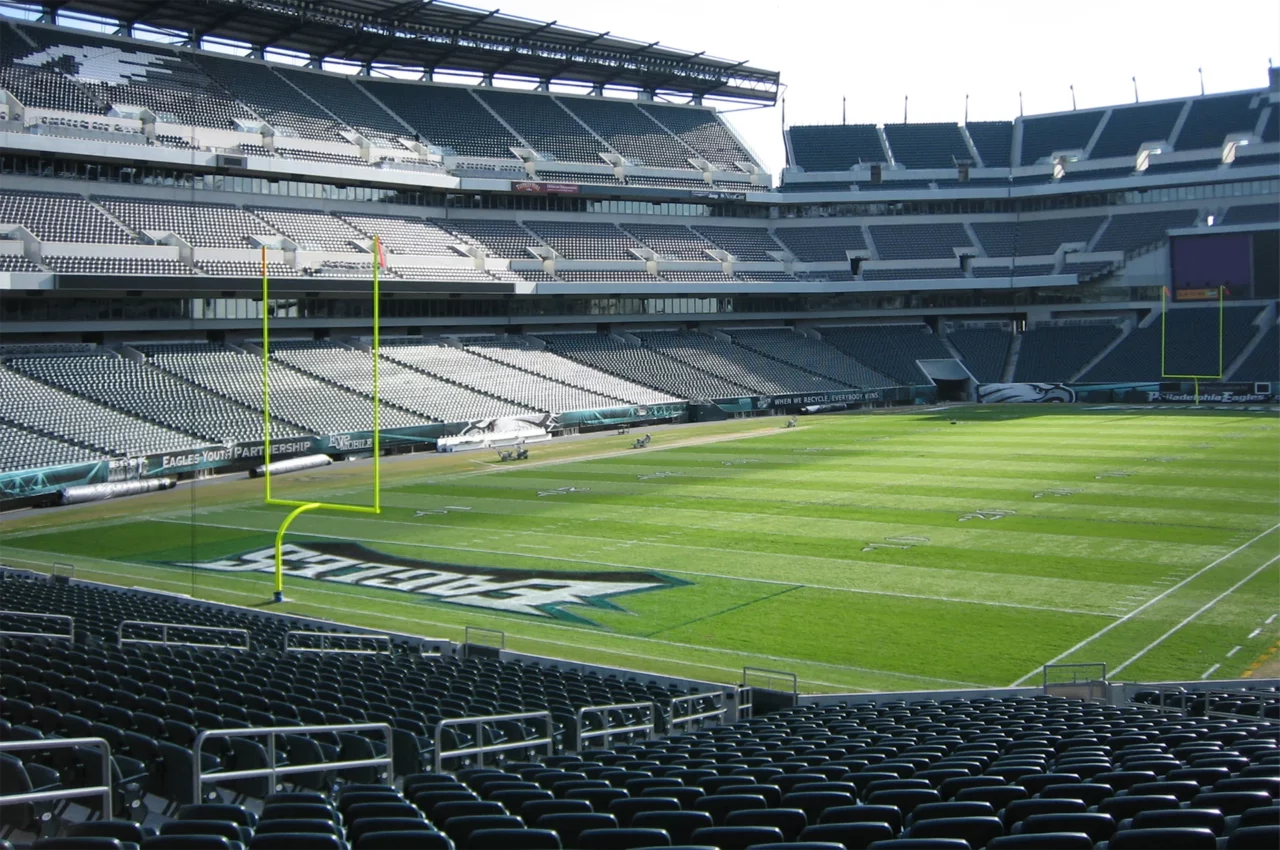
Comments are closed here.